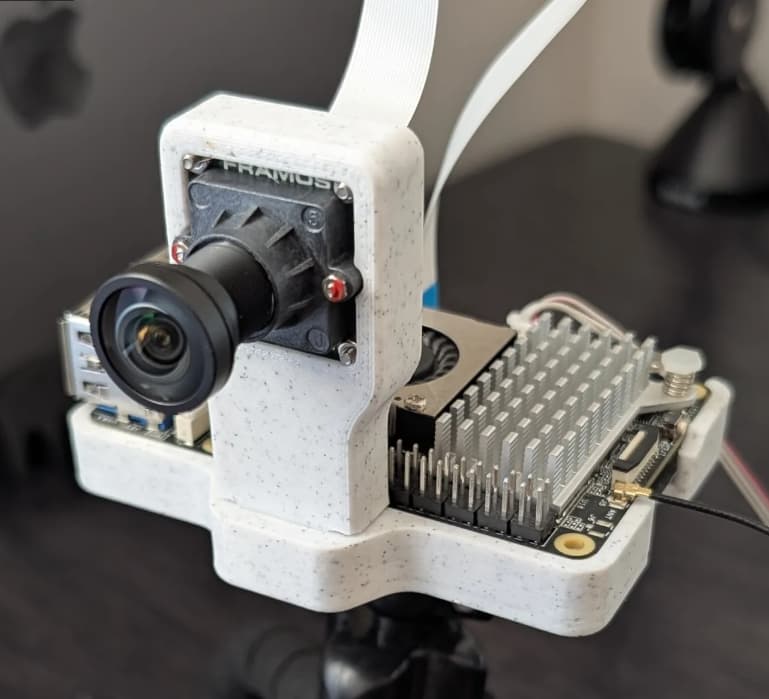We’re working on designing an open source wildlife camera for our work on conservation of endangered dormouse (family Gliridae), bat (family Vespertilionidae) and squirrel (family Sciuridae) species.
For this to be possible on the limited solar energy available in forests, Linux needs to stay in suspend-to-RAM and waken and start processing video (from a MIPI CSI-2 camera then ideally through the ISP and encoder) within a few hundred milliseconds when a PIR detects an animal approaching.
Would this be feasible with the BeagleY-AI (TI AM67A)?
Our ecologists would like video not still images so the two MIPI CSI2 interfaces and good vision pipeline and h.264 encoder on the BeagleY-AI will be very valuable. We hope to offer users a choice of low-cost general purpose MIPI CSI-2 camera modules with integrated optics and special purpose camera modules with mounts for custom optics and we’ve been able to integrate DT (Device Tree) and kernel drivers for some ST, Sony and OmniVision image sensors with embedded Linux.
We’d like to be able to do simple CNN (Convolutional Neural Network) inference (for example - to determine whether an animal is present in video or whether PIR activation was caused by a branch moving in the wind) so the 4 TOPs MMA is a valuable feature.
At the moment we’re working on preparing 1.1 TB of training and test data. Because NN inference tends to be energy intensive, video could also be encoded and stored for later analysis when more solar energy is available. We’re planning to use solar panels and a rechargeable battery - likely LiFePO4 chemistry.
We’re also looking at a possible low power MCU implementation for situations where solar power is very limited and the full flexibility of Linux isn’t needed.
My background is in user space software engineering and as a climbing arborist so my knowledge of embedded systems is limited.
More about our conservation here:
and WildCamera:
We asked about current driver support for suspend-to-RAM
based on this original question in 2024:
Thank you very much!
Will
